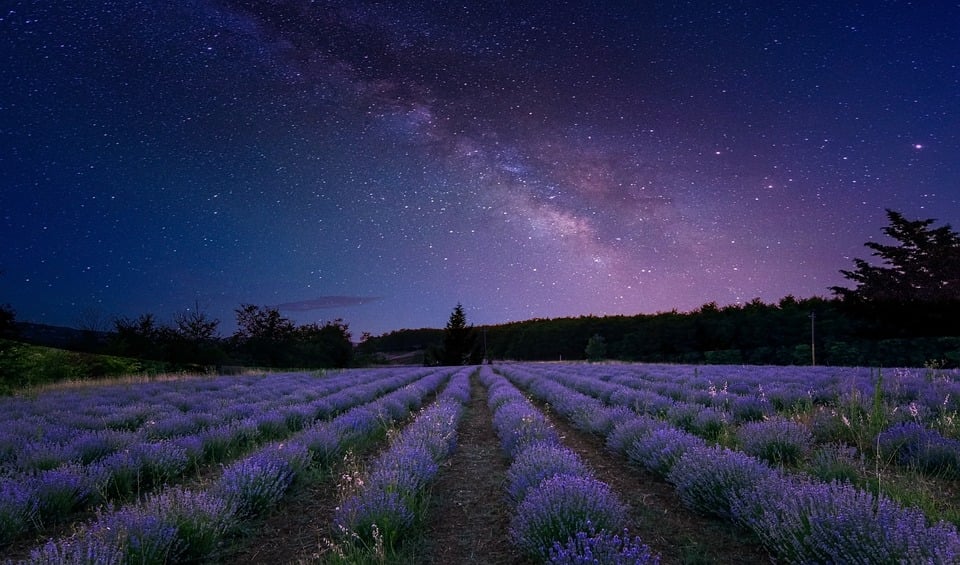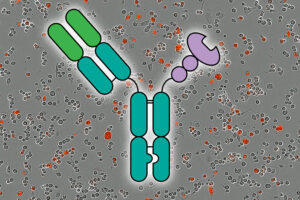
Researchers have identified high-velocity clouds in the nearby spiral galaxy M83, moving at speeds significantly different from the galaxy’s overall rotational speed. This discovery suggests these clouds likely originated outside the galaxy, providing fresh insights into how galaxies acquire new gas and sustain star formation over billions of years. The findings also offer clues about the evolution of our own Milky Way galaxy.
Maki Nagata, a graduate student and astronomer at the University of Tokyo’s Institute of Astronomy, has been at the forefront of this research. She and her colleagues have been tackling a fundamental question in astronomy: “How do galaxies manage to sustain star formation for billions of years?” The prevailing understanding is that star formation in a galaxy like the Milky Way should cease within about a billion years. Yet, it continues, suggesting there must be additional sources of matter feeding galaxies.
Unveiling the Mystery of High-Velocity Clouds
Gas clouds are a common feature in galaxies, and some are classified as high-velocity clouds (HVCs). According to Nagata, “What makes HVCs special is that their speed and direction don’t correspond to the general speed of rotation or the orientation of a typical spiral galaxy.” This anomaly led researchers to hypothesize that some HVCs might originate from outside the galaxy.
The team faced significant challenges in identifying and verifying these clouds. They meticulously tuned detection parameters to distinguish real signals from background noise. HVCs were defined as clouds moving at least 50 kilometers per second faster or slower than the galactic disk’s rotation. Of the 10 clouds that met this criterion, only one was associated with a known supernova remnant. The remaining nine clouds could not be explained by supernovae or other local processes, suggesting an external origin.
Implications for Galactic Evolution
According to Nagata, “Our results show that galaxies are not isolated but constantly interact with their surroundings. The discovery of HVCs falling into M83 suggests that galaxies can grow by accreting gas from the space around them.” This accretion process could involve gas from smaller neighboring galaxies or the intergalactic medium.
Interestingly, while HVCs are typically low-density atomic hydrogen gas, the study found these clouds to be compact and composed of dense molecular gas, the type that forms new stars. This indicates that the inflowing material may be directly linked to future star formation.
Parallels with the Milky Way
Given M83’s similarities to the Milky Way, studying how HVCs influence star formation could provide insights into our galaxy’s past and future. Although HVCs were first discovered in the Milky Way, measuring their key properties, such as distances, masses, and motions, is challenging because we are inside our own galaxy. This limitation is why researchers chose a nearby galaxy like M83 for their study.
Future Research Directions
Nagata outlines the next steps: “Our next steps include investigating how these molecular HVCs formed and whether they were once atomic gas.” The team plans to explore their relationship with other gas structures, such as neutral atomic hydrogen, and whether these inflowing clouds could trigger new star formation upon colliding with the galaxy’s disk.
This research not only advances our understanding of galactic evolution but also holds the potential to answer long-standing questions about the mechanisms sustaining star formation. As scientists continue to unravel these mysteries, the insights gained could reshape our understanding of the universe and our place within it.






